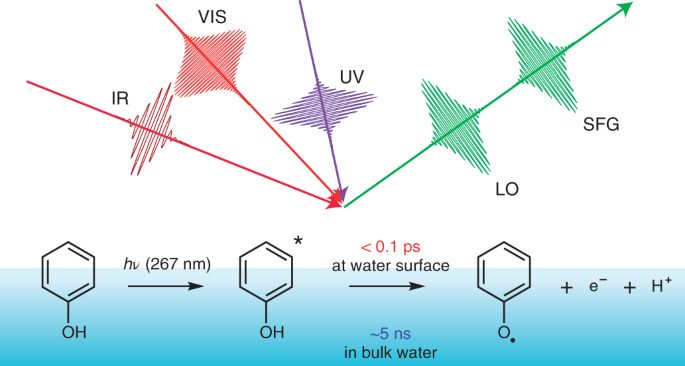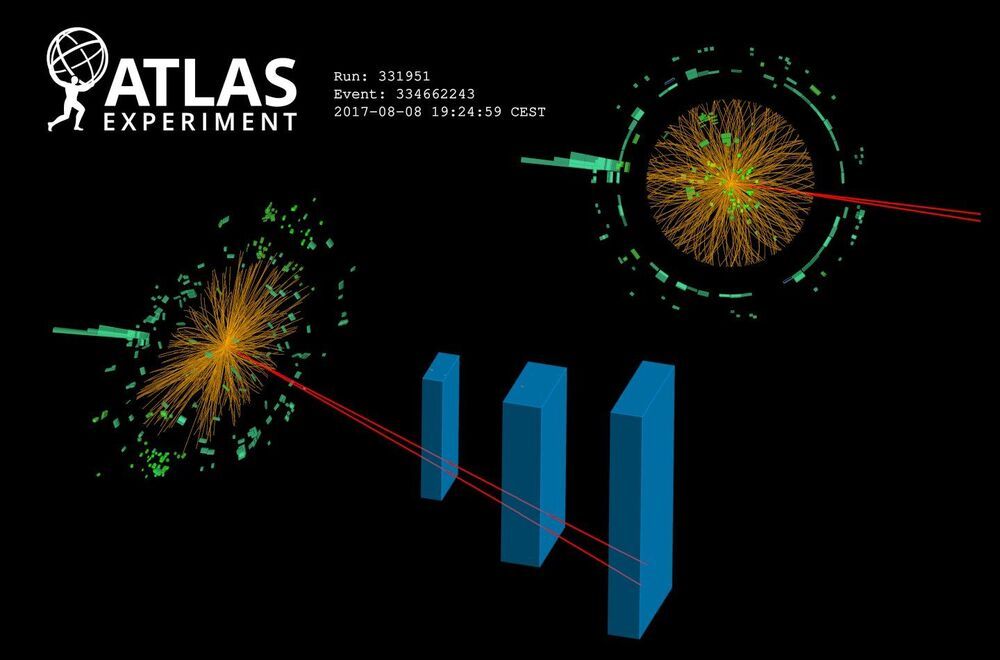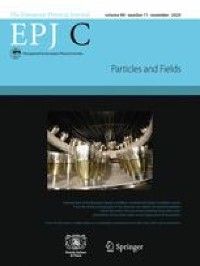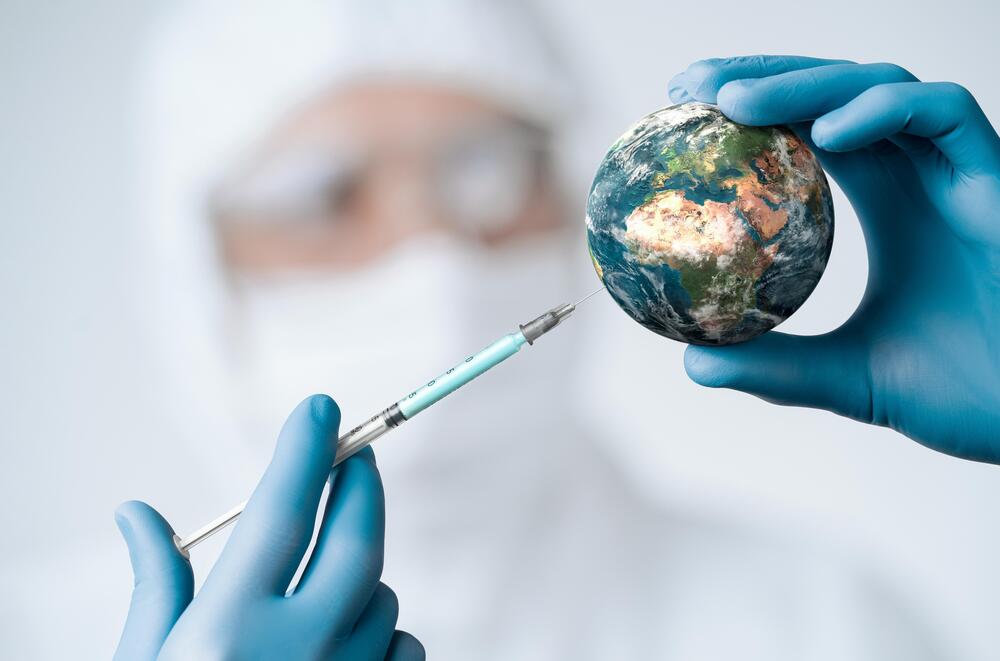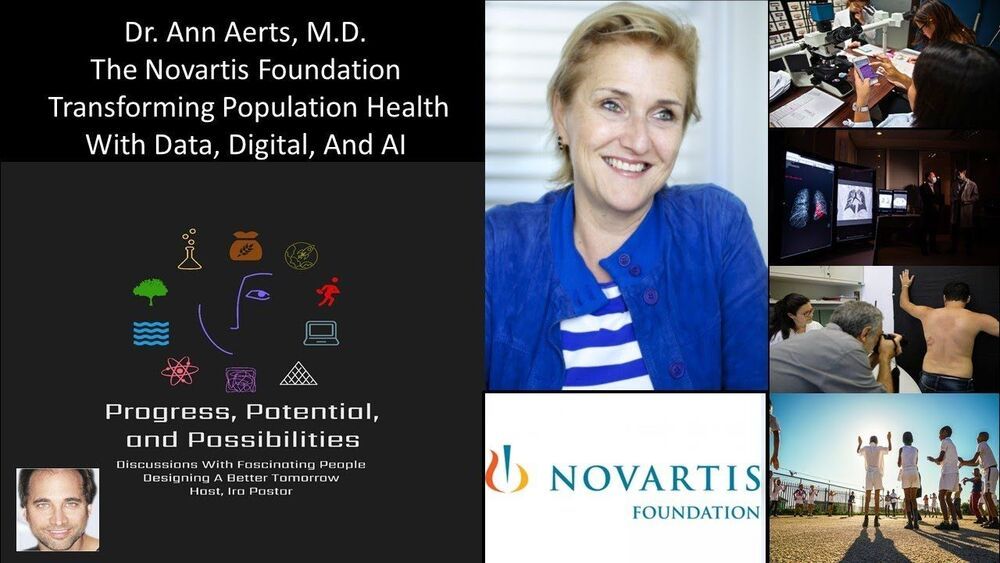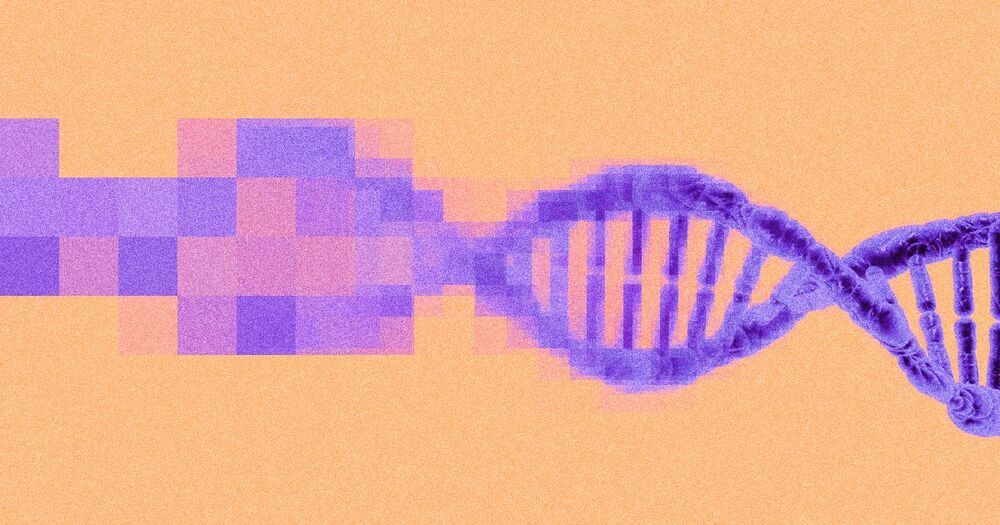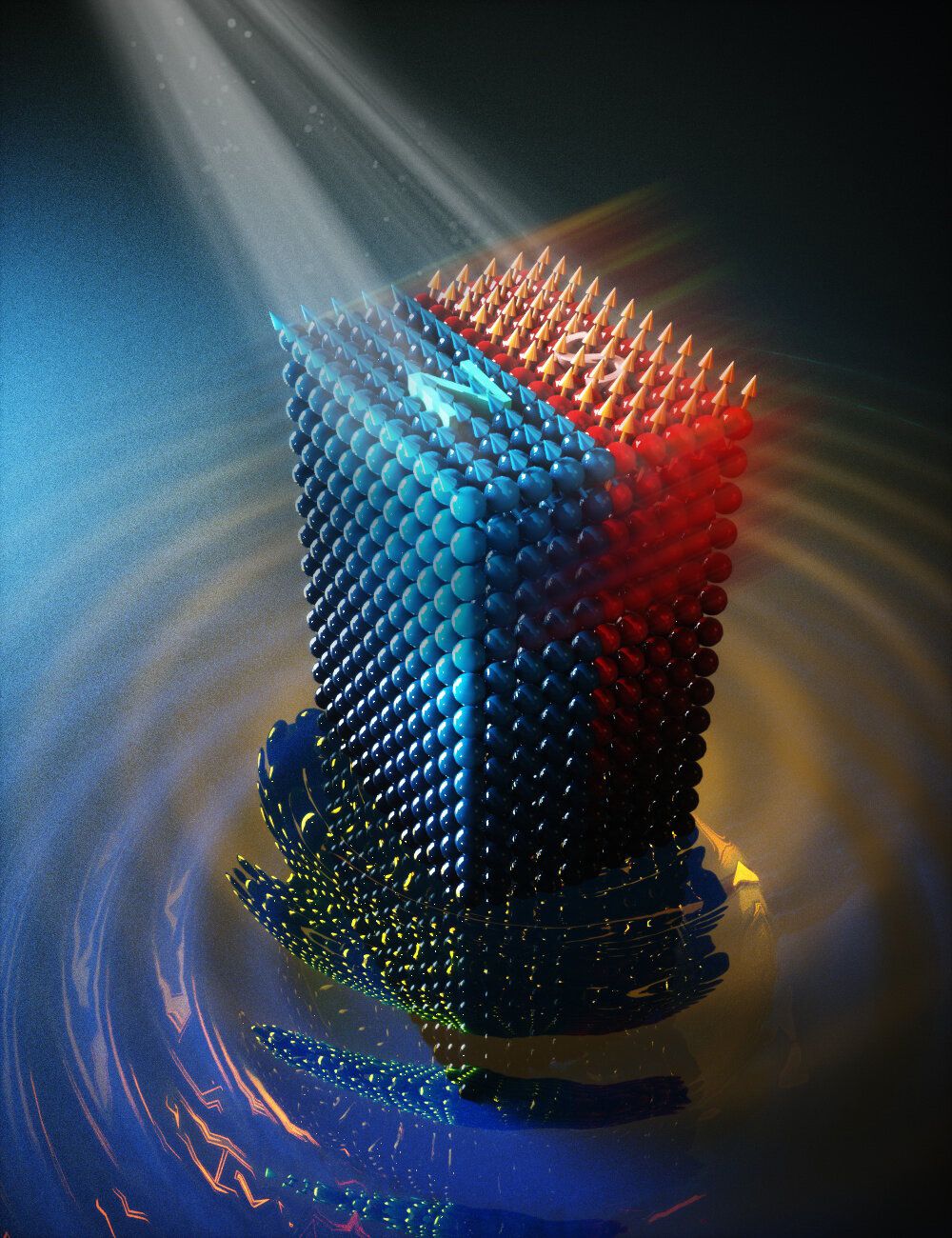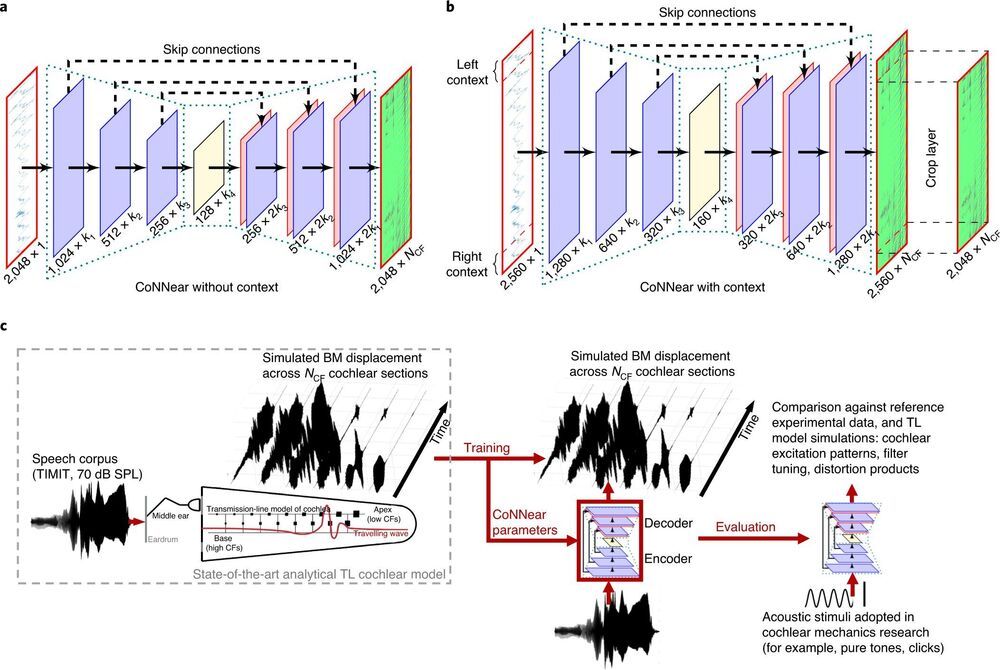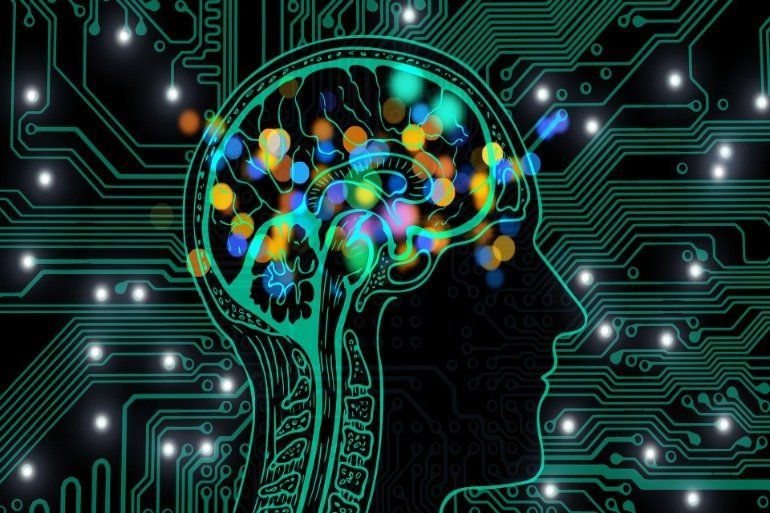Reactions at the interface between water and other phases play important roles in various chemical settings. Now, ultrafast phase-sensitive interface-selective vibrational spectroscopy has revealed that the photoionization of phenol can occur four orders of magnitude faster at the water surface than in the bulk aqueous phase.
Since the discovery of the Higgs boson in 2012, scientists in the ATLAS and CMS collaborations at the Large Hadron Collider (LHC) have been hard at work characterizing its properties and hunting down the diverse ways in which this ephemeral particle can decay. From the copious but experimentally challenging decay to b-quarks, to the exquisitely rare but low-background decay into four leptons, each offers a different avenue to study the properties of this new particle. Now, ATLAS has found first evidence of the Higgs boson decaying to two leptons (either an electron or a muon pair with opposite charge) and a photon. Known as “Dalitz decay,” this is one of the rarest Higgs boson decays yet seen at the LHC.
We argue that extensions of the SM with a warped extra dimension, together with a new $${\mathbb {Z}}_2$$ Z 2-odd scalar singlet, provide a natural explanation not only for the hierarchy problem but also for the nature of fermion bulk masses and the observed dark matter relic abundance. In particular, the Kaluza-Klein excitations of the new scalar particle, which is required to naturally obtain fermion bulk masses through Yukawa-like interactions, can be the leading portal to any fermion propagating into the bulk of the extra dimension and playing the role of dark matter. Moreover, such scalar excitations will necessarily mix with the Higgs boson, leading to modifications of the Higgs couplings and branching ratios, and allowing the Higgs to mediate the coannihilation of the fermionic dark matter.
Shoma Abhyankar is one of millions of Indians who turned to electric and electronic appliances during the Covid-19 pandemic to fill a housework gap left by limiting contact with domestic workers. The takeover by gadgets and machines could have lasting consequences, changing the face of domestic work across the nation.
Many Indian families started doing their own household chores when coronavirus lockdowns began, causing a sales boom for appliances and leaving domestic workers unemployed.
August 2020… “As Covid-19 continues to take lives on a daily basis, the search is ongoing for solutions that might prevent, cure or treat the deadly disease. In recent months, some have pointed to cannabis as a possible treatment for severe cases of the Covid-19 — pointing specifically towards the cannabinoid CBD, one of cannabis’ main chemical ingredients. And some research has suggested that this cannabinoid could be helpful. Now, a synthetic cannabinoid drug, ARDS-003, has been given approval by the FDA to begin phase-1 clinical trials. ARDS-003 is an injectable drug designed to help with acute respiratory distress syndrome (ARDS), a serious syndrome that occurs in severe cases of the novel coronavirus. This syndrome can be triggered during a cytokine storm, a dangerous over-elevation of cytokines. Cytokines are proteins which signal the body to produce more inflammation. While inflammation is a normal and healthy part of immune responses, when too much of it is produced, it can lead to serious and deadly problems like organ failure and ARDS. ”.
Dr. Ann Aerts MD, Head of the Novartis Foundation and Member of the US National Academies of Medicine Commission on Healthy Longevity.
Dr. Ann Aerts, M.D. is Head of the Novartis Foundation, an organization committed to transforming the health of low-income populations, by leveraging the power of data, digital technology and artificial intelligence (AI) to re-imagine health and care around the world.
Dr. Aerts holds a Degree in Medicine, a Masters in Public Health from the University of Leuven, Belgium, and a Degree in Tropical Medicine from the Institute of Tropical Medicine in Antwerp, Belgium.
Dr. Aerts is passionate about improving population health through data, digital health and AI, chairs the Broadband Commission for Sustainable Development Working Group on Digital and AI in Health and is a member of the International Advisory Board of the Commonwealth Centre for Digital Health.
In 2018, Dr. Aerts served as a member of the US National Academies of Science Engineering and Medicine Committee on Improving the Quality of Health Care Globally and sits on the US National Academies of Medicine Commission on Healthy Longevity. Dr. Aerts has authored numerous publications on digital health, innovative approaches and multi-sector partnerships to address global health challenges.
An international team led by researchers of Delft University of Technology (TU Delft) has managed to manipulate the magnetic state of a magnetic material by optically shaking it. The whole process happens within an extremely short time frame of less than a few picoseconds. In times of stalling efficiency trends of current technology, such atomically-driven ultrafast control of magnetism opens broad new vistas for information technology. The results, which have been published in Nature Materials, could eventually lead to fast and energy-efficient data processing technologies, which are essential to keep up with our data hunger.
A trio of researchers at Ghent University has combined a convolutional neural network with computational neuroscience to create a model that simulates human cochlear mechanics. In their paper published in Nature Machine Intelligence, Deepak Baby, Arthur Van Den Broucke and Sarah Verhulst describe how they built their model and the ways they believe it can be used.
Summary: A new machine-learning algorithm which videos of echocardiograms is able to accurately predict patients who will die within a year.
Source: Geisinger Health System
